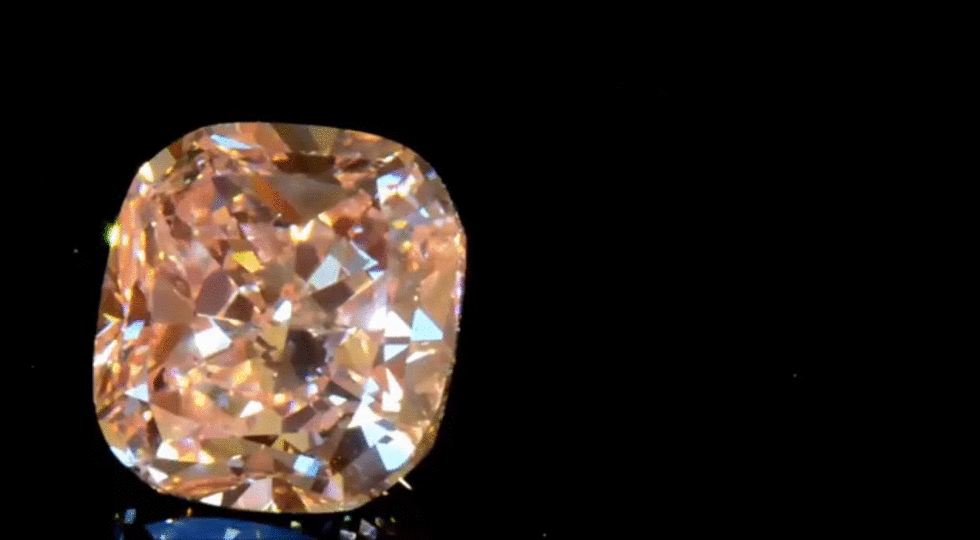Diamonds can be used to increase the value and significance of various pieces of jewelry, including engagement rings, wedding bands, bridal sets, necklaces, bracelets, and others. Grade and quality are used to evaluate diamonds. The primary factors used to determine whether a stone is the best match are the "4 C's": cut, color, clarity, and carat.
Before choosing a specific piece, the 4 C's of diamonds may help you decide what to look for in a center stone and side stones.
Diamond Cut
Although they may look similar, shape and cut are two distinct concepts when it comes to diamonds. Diamond cut, on the other hand, refers to the inner cut of the diamond that includes the facets, whereas diamond shape is the outside cut of the stone. The stone's proportion, polish, and symmetry, which produce its brilliance and beauty, are determined by the cut.
The light enters the top of the table of a diamond with an excellent cut, reflects through the facets, and returns to the top. The three crucial elements (brilliance, fire, and scintillation) of a good stone are affected when the cut is either too shallow or too deep because the light that reaches the top escapes through the sides or the bottom of the stone.

Brilliance
The brilliance speaks of the brightness of a diamond. In a perfectly cut diamond, stone gives off more light back to the viewer's eye.

Fire
The fire in a diamond is the jewel’s prismatic light. It is the amount of dispersed rainbow colors produced when white light strikes the facets. Facets are the angled cuts inside the stone.

Scintillation
Wonder where the diamond sparkle comes into play? The sparkle is actually referred to as the diamond scintillation. It is the contrast of light and shadows in the diamond. It is the display of white and colored flashes of light as the stone moves, creating the sparkle and shine.

Diamond Color
One of a diamond stone's most valuable qualities is its color. It has to do with the hue based on the GIA diamond color scale. A diamond is graded between the spectrums of D, E, F (colorless), G,H,I,J (near colorless) to K,L,M (faint yellow), N,O,P,Q,R (light yellow) and S to Z (very light yellow). How are diamonds classified according to color? Diamonds can come anywhere in GIA’s color range. The ideal diamond color is colorless which appears as brilliant white. The closer the diamond to a colorless hue, the higher its value. Poor diamond color is slightly yellowish with a hint of brown or pink.
How are diamonds classified according to color? Diamonds can come anywhere in GIA’s color range. The ideal diamond color is colorless which appears as brilliant white. The closer the diamond to a colorless hue, the higher its value. Poor diamond color is slightly yellowish with a hint of brown or pink.
Diamond Clarity
Under the surface of the earth, pressure and heat are environmental elements that affect the formation of diamonds. When examined under a 10x magnification, it is normal for diamonds to have internal imperfections called inclusions or external marks referred to as blemishes. When choosing a center stone for engagement rings or wedding bands, it is crucial to take into account how both flaws affect the diamond's shine.
The GIA Clarity scale has 11 grading levels. The closer the diamond is to FL grade, the more it is pure and rare.
FL (Flawless)
No inclusions and no blemishes present in 10x magnification.
IFL (Internally Flawless)
No inclusions but with blemishes present in 10x magnification.
VVS1 & VVS2 (Very, Very Slightly Included 1 & 2)
The inclusions are present but hard to see in 10x magnification.
VS1 & VS2 (Very Slightly Included 1 & 2)
The inclusions are minimally present and can sometimes be difficult or easy to see in 10x magnification.
SI1 & SI2 (Slightly Included 1 & 2)
The inclusions are easy to spot on in 10x magnification.
I1, I2 & I3 (Included 1, 2 & 3)
The inclusions are visible and can affect the appearance of the diamond.

Diamond Carat
Carats (metric) is how diamonds are weighed. The size does not determine the carat of the diamond. For example, a 5mm round-cut diamond with a shallow pavilion may not have the same carat as a diamond with the same size but with a deeper pavilion.
How Carat is Calculated?
Diamonds are measured to 1/1000th of a carat. Each carat is divided into 100 points. A 0.2 grams of diamond is equivalent to 1 carat or 20 points.
Will a diamond with a higher carat weight cost more? The answer is No. Two diamonds with similar carat weight will have different costs if they differ in cut, color and clarity.


